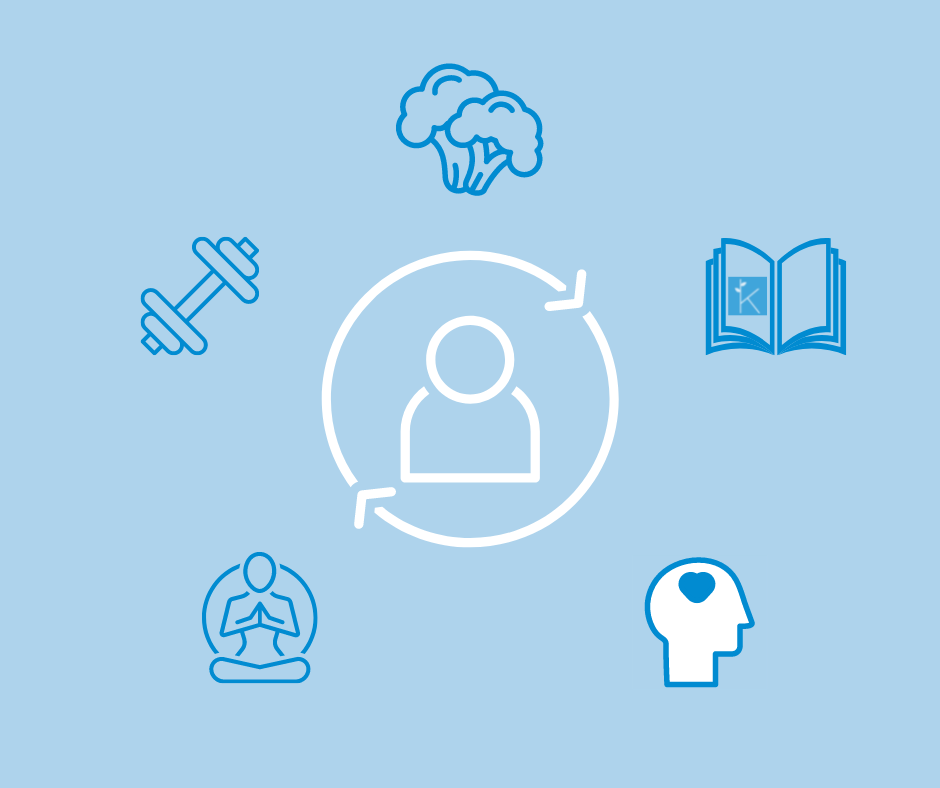Learning new habits & comply to resolutions
Hi Kweekers! January has already passed and it’s time for a new blog post. Whether you started the new year with all kinds of good resolutions or whether you just let it all slip by you, it always feels a bit like a fresh start. Unfortunately, good resolutions are often short-lived, speaking from experience. In this blog post I’m going to talk about habits. After all, good intentions are about teaching yourself new habits. I got my inspiration for this from the bestselling book Atomic Habits by James Clear.
To better illustrate the approach and ideas from this book, I use an example of a good intention that I, and no doubt many others, have also set for 2022. I would like to exercise more and get a fitter and healthier body. If you go to the gym yourself, you’ll notice that the first month of the year is a lot busier than the rest. People start exercising very fanatically and a lot. This is a very big change all at once. What works better are small changes. Learning small habits makes a big difference. For example, start with exercising once a week, instead of every day very hard. The latter you do not keep up anyway, and you will find that after these small changes you will get a better result. A very important one is to change your self-image. I quote; “The most effective way to change your habits is to focus not on what you want to achieve, but on who you wish to become”. If you look at yourself as ‘I am a sporty person’, you will find that your behavior will change more easily. The same applies to the example of smoking. If you are offered a cigarette and your answer is ‘I am trying to stop smoking’, it will have less effect than if you say, ‘I am not a smoker’. This confirms the image you want to give of yourself to others and to yourself. The latter is especially important.
An important chapter in the book is about the 4 Laws of Behavior Change. Learning new habits doesn’t happen overnight, and by applying these laws you have a greater chance of success. Number 1; make them noticeable. For example, if you want to exercise more, put your gym shoes by the front door or in front of your closet. That way you’ll be reminded of them often. The second one is making them attractive. For example, go exercise with a friend, or treat yourself to something (healthy) afterwards. Make sure you start to see exercising as something associated with a reward. Three is make them easy and number four is making them satisfying. When you classify a habit, you want to introduce in this way, the chances of it succeeding are a lot higher.
The Diderot effect is an effect that occurs when you make what are called ‘’chain purchases’’. You buy a new coat and prefer to upgrade your entire closet as soon as possible. You buy a new sofa and want to redecorate the rest of your living room as well. This also happens with habits. An example of this is binge eating. You want to have 1 crisp, but you end up having the whole bag and then you still feel like having something sweet. However, you can also turn this chain reaction around and use it to your advantage. First of all, it is important to name out loud what you are going to do and when you want to do it. Example: I am going to make a cup of coffee every morning after I get up and do 25 minutes of yoga. That’s step 1, you make your habit visible. Step 2 is to create a rhythm. You get up, drink your coffee and do your yoga. In this order. You build on your already existing habit of drinking a cup of coffee after getting up. This is called habit stacking.
These examples and ways of thinking are just a small piece of all the useful information that can be read further in the book and found in scientific research about habits and behavioral changes. With this blog post I hope to have given you inspiration to make 2022 a year in which you get the best out of yourself and get started with those resolutions!

